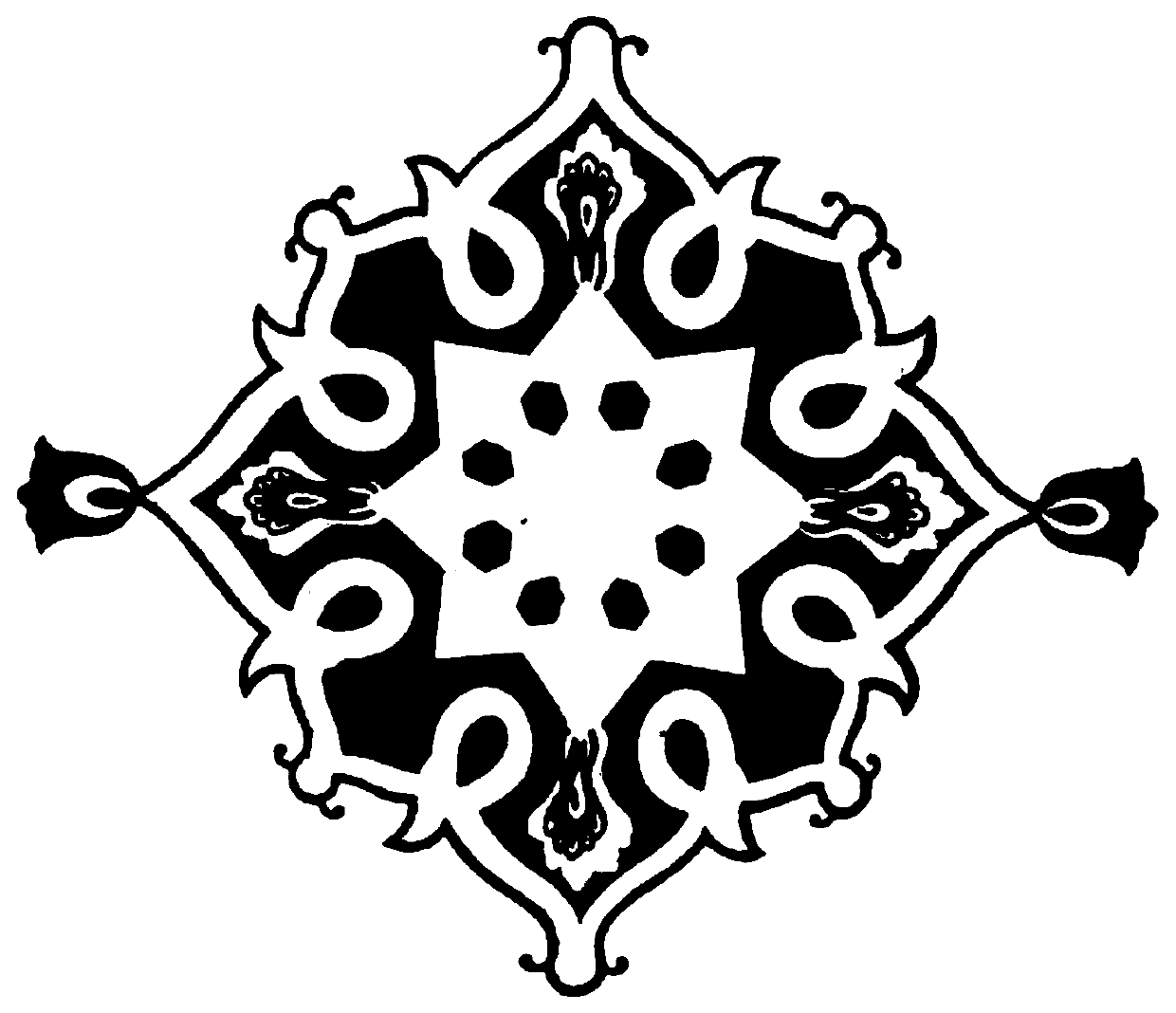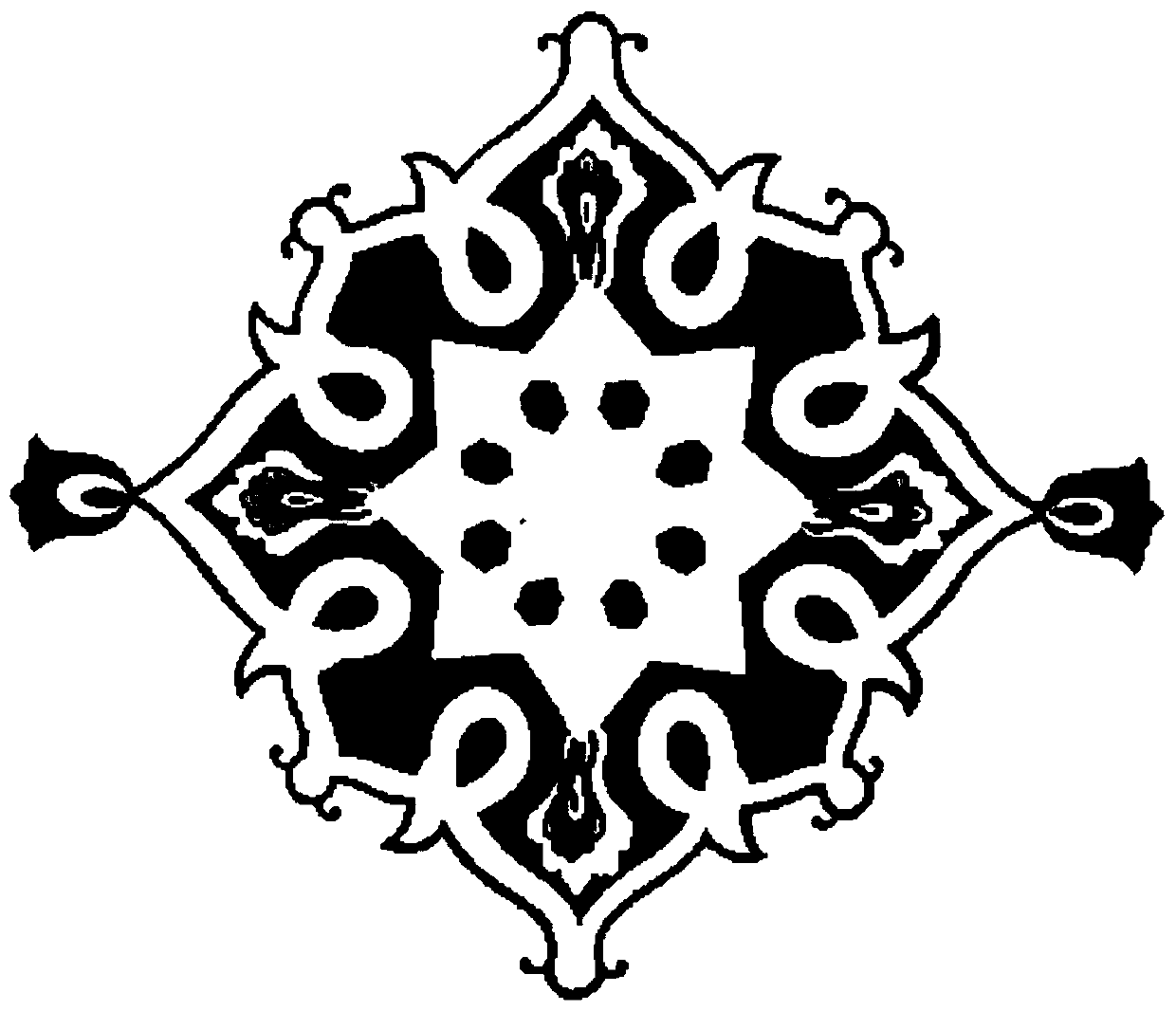Image vectorization method based on sub-pixels
A sub-pixel and vectorization technology, applied in the field of sub-pixel-based image vectorization, can solve the problems of small storage space, difficult and inconvenient raster image editing, and achieve the effect of ensuring smoothness
- Summary
- Abstract
- Description
- Claims
- Application Information
AI Technical Summary
Problems solved by technology
Method used
Image
Examples
Embodiment Construction
[0028] With reference to accompanying drawing, further illustrate the present invention:
[0029] A method for image vectorization based on sub-pixels, comprising the following steps:
[0030] Step 1. Firstly, the input image is segmented using the gradient minimization method based on L0 to obtain the segmented image Is.
[0031] Step 2. Traverse the segmented image Is in step 1 to find the boundary of the input Is. The boundary map is represented by an image with a width of w+1 and a height of 2h+1, where w and h are the width and high.
[0032] Step 3. Find the inflection point of the boundary in the input image, represented by a green point. Traverse the input image, find all borders between inflection points, and store them in the set C_border.
[0033] Step 4. Traverse the input image, number the image regions, and store them in the region set R. For each region find the borders adjacent to that region. Sorts the borders clockwise, according to the region's edge.
...
PUM
 Login to View More
Login to View More Abstract
Description
Claims
Application Information
 Login to View More
Login to View More - R&D
- Intellectual Property
- Life Sciences
- Materials
- Tech Scout
- Unparalleled Data Quality
- Higher Quality Content
- 60% Fewer Hallucinations
Browse by: Latest US Patents, China's latest patents, Technical Efficacy Thesaurus, Application Domain, Technology Topic, Popular Technical Reports.
© 2025 PatSnap. All rights reserved.Legal|Privacy policy|Modern Slavery Act Transparency Statement|Sitemap|About US| Contact US: help@patsnap.com



